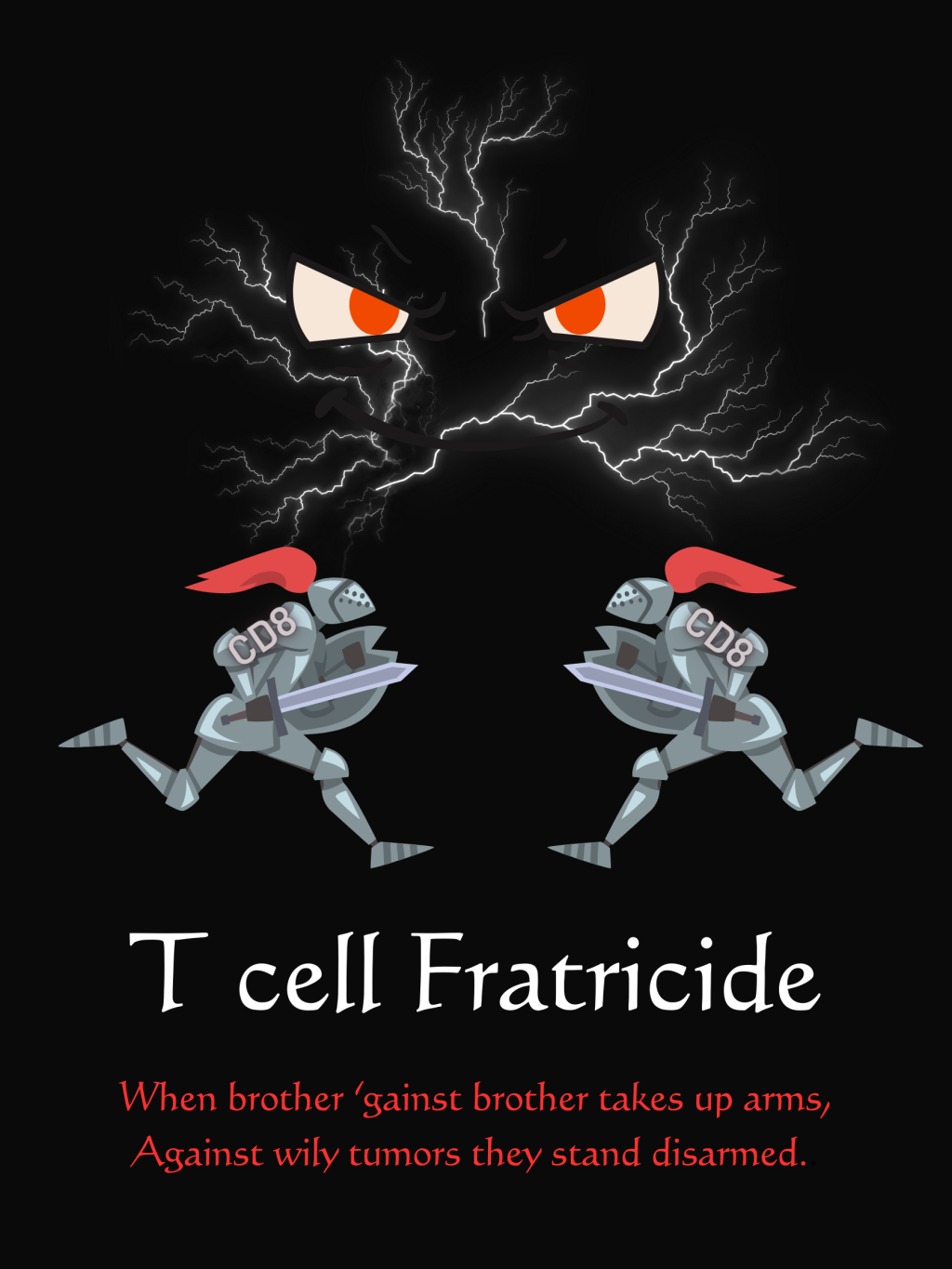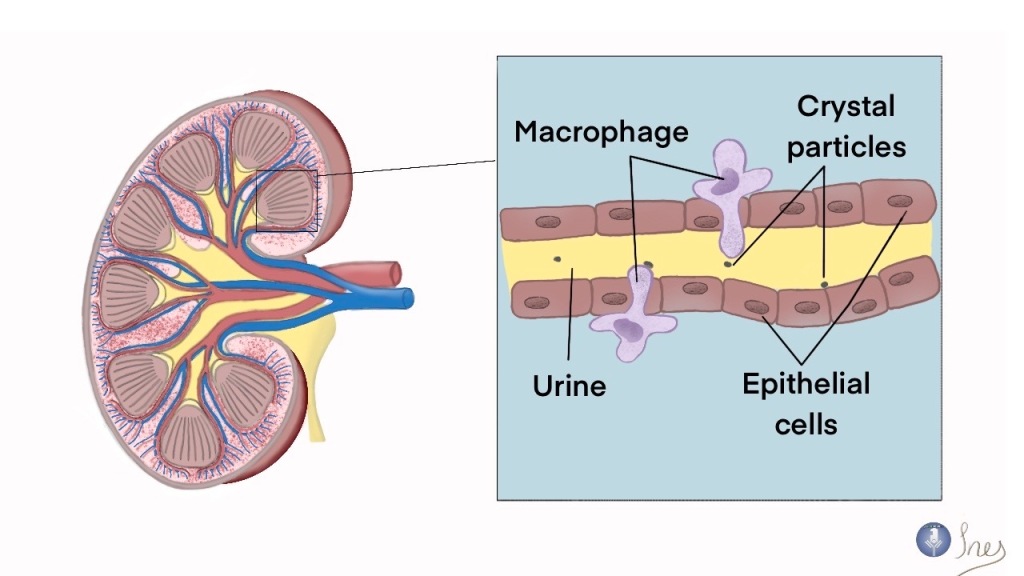Picture source: dreamstime.com
When we injure our skin, it opens an attractive gate for external invaders, such as bacteria, to rush in. This activates our innate immunity, “the body’s first line of defense”, which therefore triggers the immune cells to stream in immediately to act as a barricade.
As a next step, these immune cells release cytokines, calling in even more immune cells to the damaged site and initiating signaling pathways – all resulting in inflammation on the site of injury.
However, there are times when the innate immunity reacts to a friendly tenant, without any injury. For instance, Demodex mite populations generally live peacefully and rent-free on our skin our entire lives.
However, in the case of some people, during puberty, the hormonal changes escalate oil secretion by the oil glands in your skin, causing a plug to form. As a result, the Demodex mites get into those plugs and cross the tolerance limit of our immune system, giving rise to inflammation.
And the one who is responsible for defending our body in that situation is type 2 innate immunity.
According to a dermatology group in Istanbul, the Demodex mite population was higher in those who had acne than those who did not. But the questions are since our hair follicles are normally colonized by Demodex mites, is it possible that Demodex mites might affect the hair follicle and the hair growth? Or is there something more to the peaceful symbiosis, perhaps some part of our immune system keeps a check on those notorious mites?
To answer those questions, Ricardo-Gonzalez and his team studied the relationship between type 2 innate immunity, Demodex mites, and the hair follicle in mice models.
As expected, those mice who were lacking type 2 immunity were infested with more mites (of various Demodex species) on the hair follicles. Along with that, they could not adequately control the enlargement of oil glands and amplification of the hair follicles’ quantity. This resulted in the infiltration of multiple immune cells, especially type 2 innate lymphoid cells, leading to inflammation.
Interestingly, they observed that the activation of type 2 innate immunity turned off the inflammation switch and decreased the amplification rate of the hair follicle stem cells during the healing. The authors also observed that loss of type 2 immunity alone was sufficient for the loss of skin integrity, which may promote the colonization of hair follicles by Demodex.
How does this finding translate to humans? Well, they also studied a group who have severe Rhinophymatous acne associated with Demodex, to explore the relevance of their findings in humans. The patients also manifested similar morphological features including inflammation and enlarged oil glands. The results showed that the Demodex mites were outgrowing in the hair follicles which had higher infiltration of immune cells but lesser IL-13 and IL-4 (regulatory cytokines) expressing cells. On the other hand, inflammatory cytokines such as interferon-gamma and IL-22 were highly expressed in the cells present in infested hair follicles. This highly suggests that due to some mechanism, the regulation of Demodex by innate immunity was lost in Rhinophymatous acne patients. That caused unstable commensalism between Demodex and skin cells, turning a companion into a parasite.
These conclusions showed how important type 2 innate immunity is in suppressing parasitic damage. Yet, a deeper understanding of why innate immunity reacts against the Demodex mites only in certain cases is still required.
Finally, are our genes to be blamed for enhancing the reaction between Demodex mites and innate immunity? Our habits? Or even the skin routine? Or is it purely in how the skin is capable of being in a steady state, where it precisely knows how to balance between switching the type 2 innate immunity on and off? We hope to find more studies on skin immunity against parasites in the future.
Sources:

Article author: Rawa Mohammed. Rawa achieved her Immunology and inflammation master degree at Copenhagen university, where she worked with couple of proteins but loved the food allergens. Seeing how amazed people are after simplifying a scientific information makes her truly happy and motivated.
Want your article featured in Antibuddies blog? Contact editor-in-chief- Dr. Sutonuka Bhar at antibuddies1@gmail.com.
Share this article in twitter by clicking below:
Check out Antibuddies’ blog post “Companions or parasites? A story of innate immunity and the hair mites.”
Tweet






Leave a comment